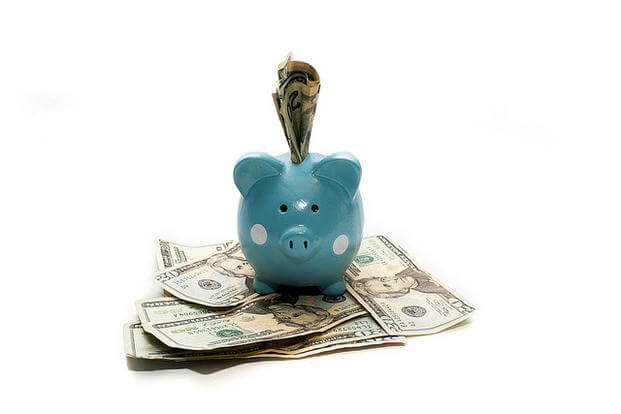When it comes to money, do you feel like you're always coming up short? Well, you're not alone. Only half of Americans say they could cobble together $2,000 if an unexpected expense occurred in the next month, according to a March 2013 survey by the Employee Benefit Research Institute.
That's reason enough to get on the budget bandwagon.
To help you jump on, here's a three-step process for building your own saving and spending plan. Follow along and you just might find some much needed relief.
Get Prepared
In its most basic form, a budget is a comprehensive list of income and expenses. Before you can do anything else, you need to figure out what comes in and what goes out. Do this by looking at your paystubs, bills, bank statements or just an online printout from your checking account and then start crunching the numbers.
Income is fairly straightforward: wages, salary, net sales proceeds, investment income, and pensions or other fixed retirement income. I've found that the most helpful way to divide your expenses is to use three categories.
- Fixed Requirements. Expenses like mortgage, rent, auto insurance, savings and investments (notice where I placed this!), and car payments fit here. This is stuff that you need to get along and that is typically the same each month.
- Variable Requirements. Again, as the name implies, you need these types of things, but the actual expense varies. Groceries, gas, transportation expenses and utilities are fair examples.
- Discretionary Expenses. No "requirements" in this title. This is stuff that isn't necessary to keep you going. We're talking wants or nice-to-haves. Eating out, gifts, gym memberships and cable/satellite are all examples of this type of expense.
Create and Cut
So now comes the question: Where does your money go? Have recent changes caused expenses to gain the upper hand in your monthly life? And have your saving goals taken a back seat? This exercise should reveal opportunities to trim back or cut out.
This is the hard part and there should be no sacred cows. The goal is to find room within your budget to accomplish what you need to get done. This could be as simple as surviving during a difficult stretch without creating a bunch of debt.
Or, it might mean freeing up cash to begin or build upon your savings and investment program with the intent of securing your future.
Your analysis and commitment to making changes has yielded the information you need to map out a new normal. A targeted and detailed list of planned income and expenditures will enable you to hold yourself accountable and save for the future.
Implement
- Track It. Now that you know where you want your money to go, it's time to play penny police to ensure you stay within the guardrails provided by your budget. Online tools can be extremely helpful in monitoring where you're spending. But no matter the method, try to keep up the tracking exercise for at least a couple of months. I've had a lot of folks tell me that just the process of watching their expenses has helped keep their spending in check.
- Final Assessment. That's a teaser; it's never "final." However, after some time in the budget trenches you should step back and look at how it's going. Are you making it work, despite a smaller paycheck? Is your money outlasting the month? Beyond mere survival, have you "found" money to start knocking down debt? Are you saving for short-term emergencies and long-term goals?
Congratulations, for starting on the path to create a budget! Keeping it going may not always be easy, but it's a first, important step toward getting a handle on things during difficult times.









